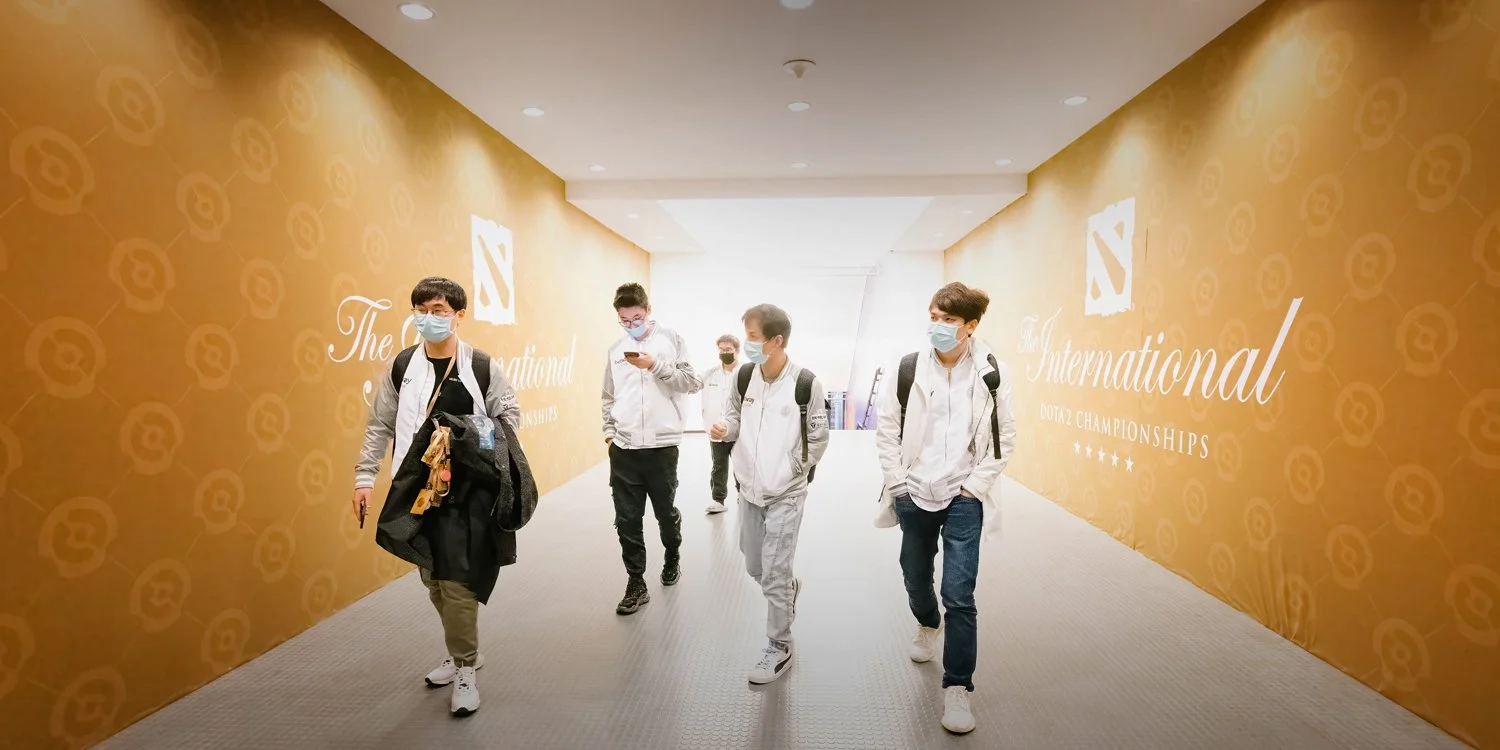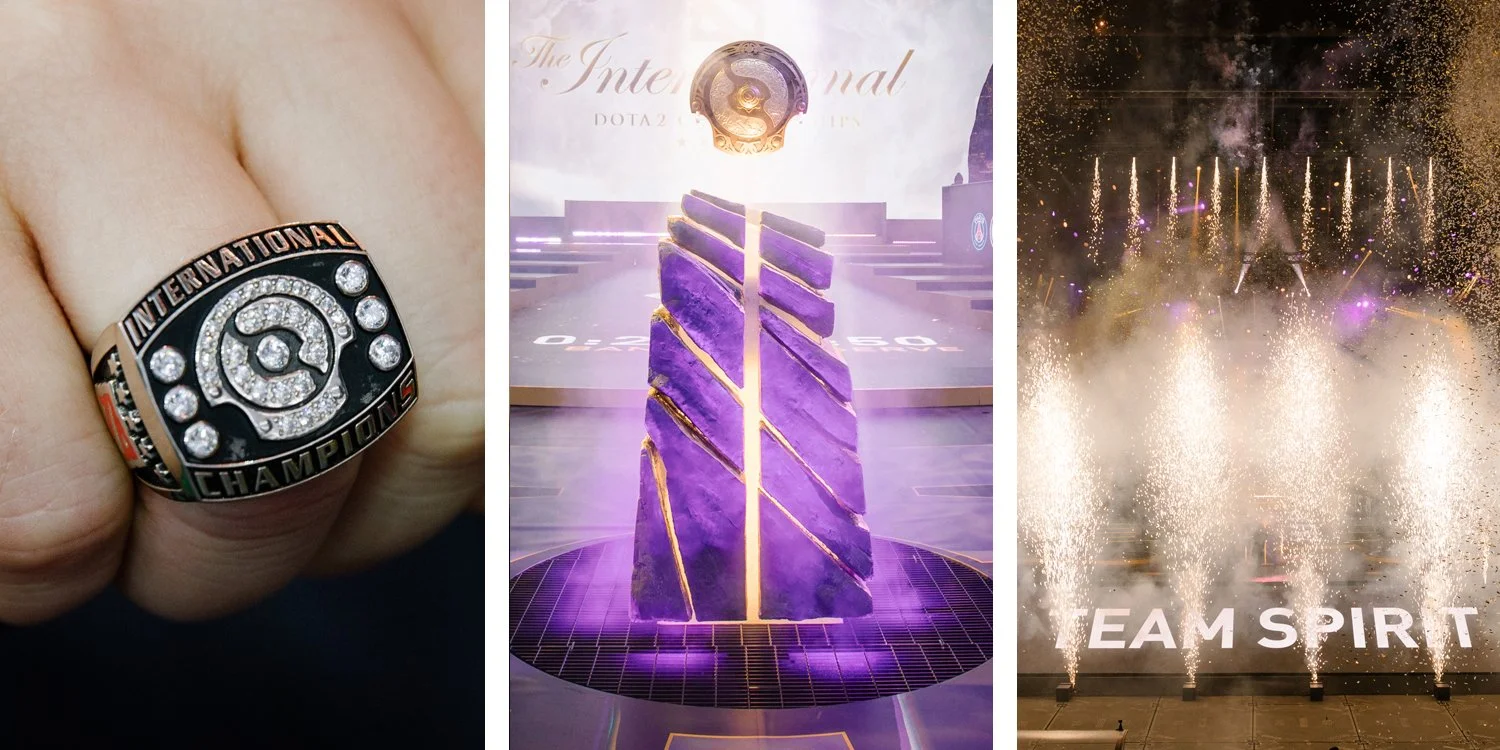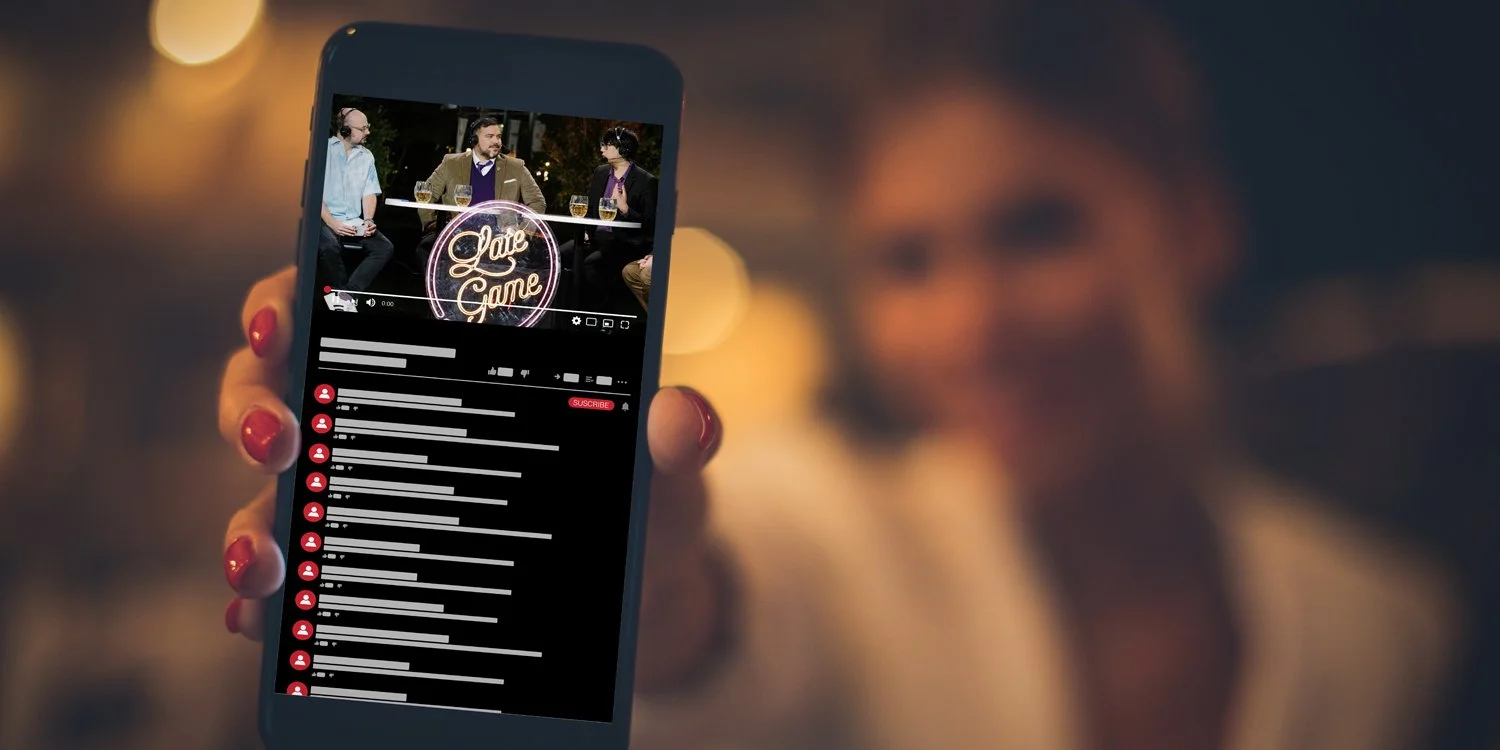Valve Corporation
Dota 2, The International
CONTEXT
Valve Corporation is one of the most influential video game developers in the industry. Founded in 1996 by two former Microsoft employees, the company has had a colossal impact on video gaming. In addition to groundbreaking platform technology and an abundance of very successful franchises such as the award-winning first-person shooter Half-Life, Valve is also the creator and host of one of the largest and most popular global esports competitions in the world: Dota 2’s The International (TI). In 2020, TI was canceled for the first time since its inception – devastating millions of gamers and fans. So when it came time to initiate planning for the competition’s long-awaited return, Valve turned to Touch to produce the event from start to finish. With a record-setting $43 million crowdfunded prize pool hanging in the balance, 10 months of planning, and more than 700 staff to manage, our team was honored and delighted to help bring it all to life.
OUR APPROACH
It was essential to pay close attention to worldwide COVID impacts – specifically, tracking international travel restrictions to ensure visa eligibility and access to the event for all players. After months of planning for an in-person show in Stockholm, a countrywide rise in cases caused the Swedish government to tighten its borders, prompting massive shifts to the original plan. With only four months to go, we began mapping out TI in a new location: Bucharest, Romania.
Despite high stakes and many challenges, the event itself was pure magic. All 18 teams proudly walked the red carpet into an audience-less Arena Naţională, yet the show’s viewership still peaked at 2.7 million, a 37% increase over 2019. The opening ceremony featured American violinist Lindsey Stirling, Finnish DJ Darude, and Singaporean singer JJ Lin, who all joined forces to create a powerful musical backdrop for an impressive show opening. Our virtual audience was treated to a journey though past tournaments, followed by a few words of introduction by Valve co-founder Gabe Newell and the ceremonial passing of the Aegis from former winners over to its prospective successors.
The International broadcast over 10 days, for more than 550 hours, in five main and 30 secondary languages, via streaming services including Twitch and YouTube. Our team handled everything from pre- to on-site production, including crew travel and accommodations, signage and wayfinding, catering, management and oversight of Media Days, the Group Stage, and Tournament Play. We managed all on-site crews for labor, power, rigging, designers, carpenters, and caterers – and perhaps most critically, we managed enforcement of the event’s COVID protocols and followed up when those protocols were broken.
In the end, our collective achievement was underscored by the record-breaking numbers. Reuters reported that it was “... the most-watched Dota 2 event ever.” The International even warranted a shout-out from Vladimir Putin himself, congratulating the Russian team (Team Spirit) on their victory. Some said it was near impossible to successfully produce a show of this scale and magnitude at this moment in history. But we didn’t just succeed – we had a ton of fun, made sure the participants did too, and kept everyone safe along the way.
ROLE / Pre-Production, Onsite Production, Project Management
Arena
When Sweden became a global COVID hotspot, the team was forced to make a massive change. And with only four months to go, our team began mapping out a new show in Bucharest, Romania.
Tournament Play
The 10th Annual International tournament broadcast a total of 550 hours, in five main and 30 secondary languages. Matches took place on stage, one game at a time. Team were eliminated through a series of best-of-one game or best-of-three rounds, while the final match was best-of-five.
MEDIA DAYS
Over the course of the ten day experience, the Touch team facilitated and managed two media days where all 18 team gave interviews to the press, took team photos, and handled various content-capture moments.
late game
For one hour at the end of each day, each broadcast team hosted a “late game” program to discuss that day’s tournament.























